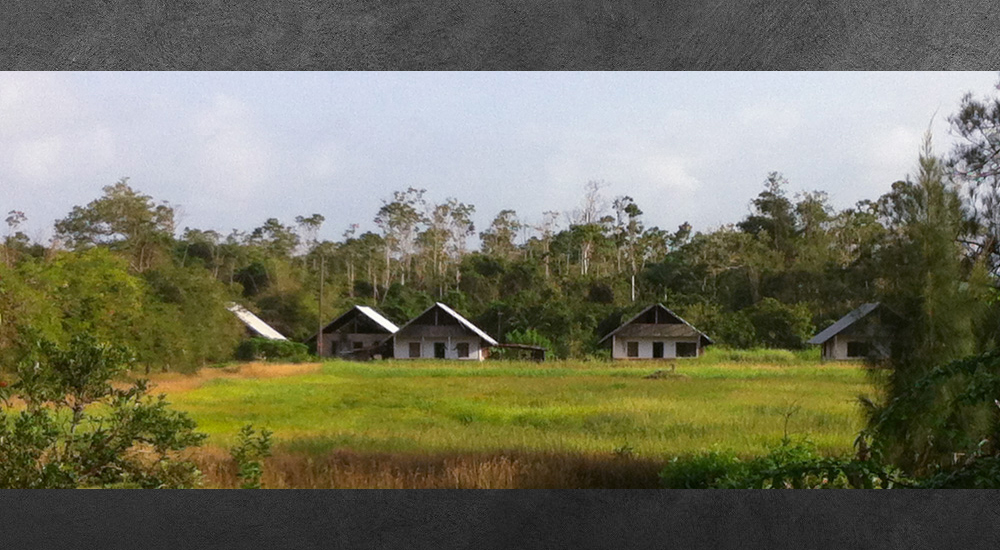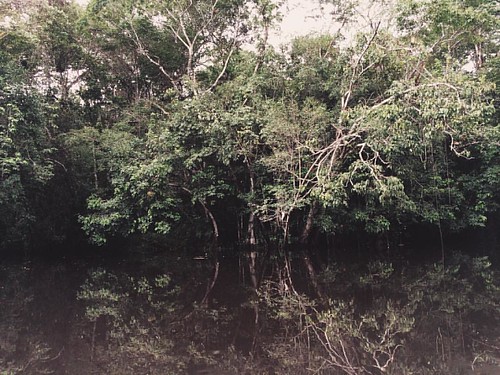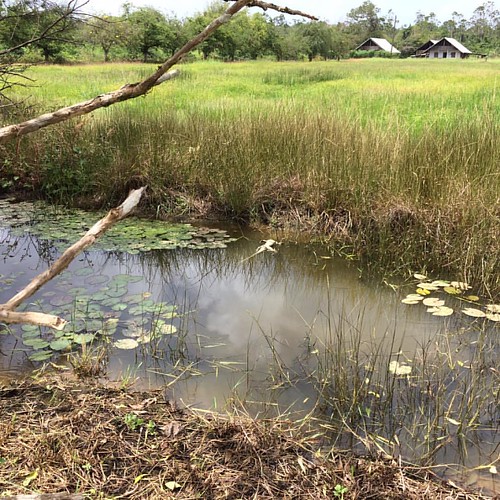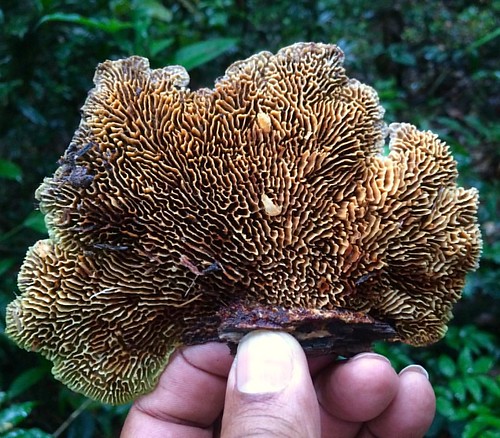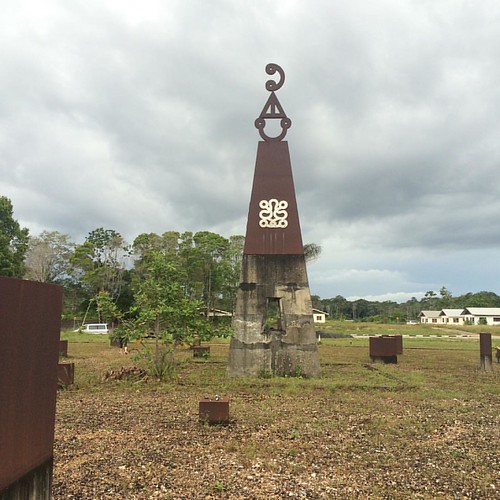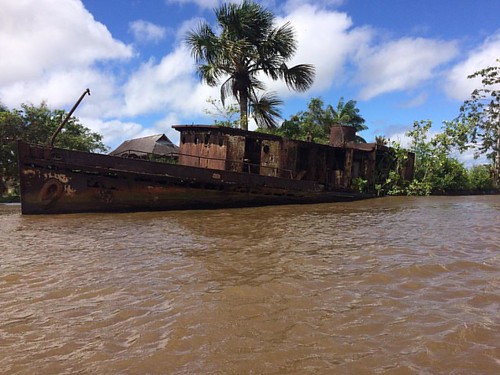DIASPORA VIBE CULTURAL ARTS INCUBATOR
international cultural exchange in Suriname
Suriname is situated on the continent of South-America but it still considers itself part of the Caribbean because of its culture.
Being a seaport with European as well as African and Indian cultural influences and stemming from an agricultural organization based upon slave labour, Paramaribo resembles other cities in the Caribbean because of its historical, socio-economic and functional background.
The population, concentrated around the capital of Paramaribo (pop. 300,000), is mainly Creole, East Indian, Javanese, and Chinese.
The country’s interior is inhabited by several groups of indigenous peoples: Amerindians (Native Americans) and Maroons, descendants of enslaved Africans who escaped into the forest where they created their own autonomous societies (Price 1996).
When Africans and Amerinindians fled their European colonial slavers, banded together, subsisted independently and formed independent settlements they were called Maroons. New arrivals from Africa often preserved their African languages and much of their culture and religion, use of botanical knowledge, drums and dances.
They developed Creole languages by mixing European tongues with their original African languages.
Art and aesthetics are found everywhere in the daily life. Many everyday objects are sculpted, engraved, embroidered, or painted (woodwork, painting, sculpture, embroidery, patchwork, and appliqué, and calabash engraving).
Ghanian & Saramaka stool carving was an inspiration for a stool sculpture I made while attending Calif. College of the Arts 1972. Saramaka is an autonomous community, creative, hybrid African, yet retentive of specific traditions (craving, weaving, language, botanical knowledge) that I incorporated in my art practice as I am also a part of the African Atlantic diaspora.
Located on the Commewijne River, Plantage Katwijk (header image), a former plantation, is currently privately owned. The much of its 364 hectares are now being rented out to about 35 families to live and farm. It is still very rural with only a one lane unpaved dirt road for access.
Tembe Arts Studio project and Contemporary Arts Museum of Moengo developed by Marcel Pinas, a local artist and cultural practitioner.
Shipwreck on the shoreline of French Guiana, where our group visited one hot afternoon.
Diaspora Vibe Cultural Arts Incubator was sponsor for this project.
